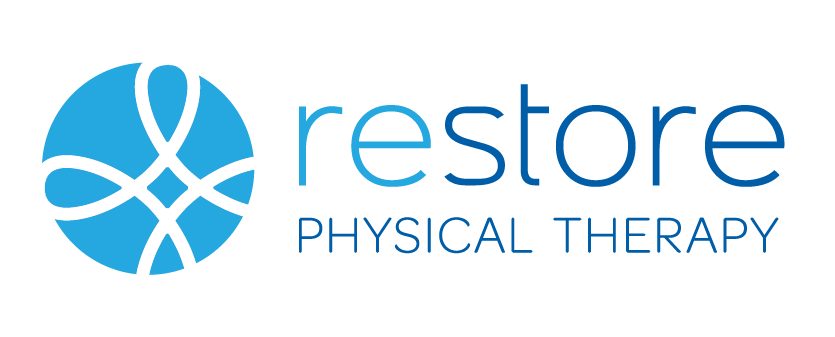Common Causes of Neck Pain
1) Postural Dysfunction
As the world continues to evolve, the implementation of technology into everyday life has been both a blessing and a curse. Many of us are isolated at work, with our laptop, phone or tablet as our only means of productivity or communication. This often-times creates broken down posture and soreness in the upper back & neck. Sometimes referred to as “upper-crossed syndrome”, we consistently see patients enter the clinic with a forward-head, rounded shoulders posture. This typically indicates a weakness of the mid-thoracic/scapular muscles, overactive upper trapezius muscles and tightness in the pectoral muscles. Physical therapy will help to address these limitations by strengthening the weak areas, stretching the tight areas, all while educating you on proper ergonomics to reduce daily stress to the affected muscle groups.
2) Whiplash-Associated Disorder
Motor Vehicle Accidents are another common cause of neck pain. The term “whiplash” is defined as a forceful, rapid back-and-forth movement of the neck. Anytime you are in a vehicle which quickly changes direction due to an external force, the neck is often the recipient of stress, even with a seatbelt on. Whiplash-Associated Disorder can be quite complicated, as symptoms vary. They can include all of the above-mentioned postural symptoms, in addition to stiffness, headaches, and concussion-like symptoms such as nausea, dizziness and vomiting. Depending on the severity of the injury, the timeline of recovery can vary. However, physical therapy can surely help speed up the process with stretching & stabilization exercises, while screening out more significant damage.
3) Osteoarthritis
Lastly, osteoarthritis (commonly referred to, simply as arthritis or OA) is something physical therapists will always have on the docket. OA can result from years of contact sports, previous history of repetitive injury or even just the normal wear-and-tear of aging! The degeneration of the vertebra, discs and cartilage can result in abnormal growths of bone in the joint. These growths, called osteophytes, may cause narrowing of the space between the joints, blocking normal movement of each segment or impinge upon the nerves which protrude from the region. Research has shown that the combination of both manual techniques from your physical therapist and a progressive exercise routine can help to decrease or eliminate the symptoms of cervical osteoarthritis. Rehabilitation will focus on joint mobilizations, gentle stretching and self-care routines to alleviate the everyday aches and pains of arthritis.
If you are suffering from neck pain, as a result of these common injuries, or another, click the button below to schedule a
FREE Discovery Session
with one of the experienced doctors at Restore Physical Therapy. During this session, the doctor will spend time listening to your story and determine if a physical therapy evaluation is the next appropriate step to get you back to achieving your goals pain-free!



